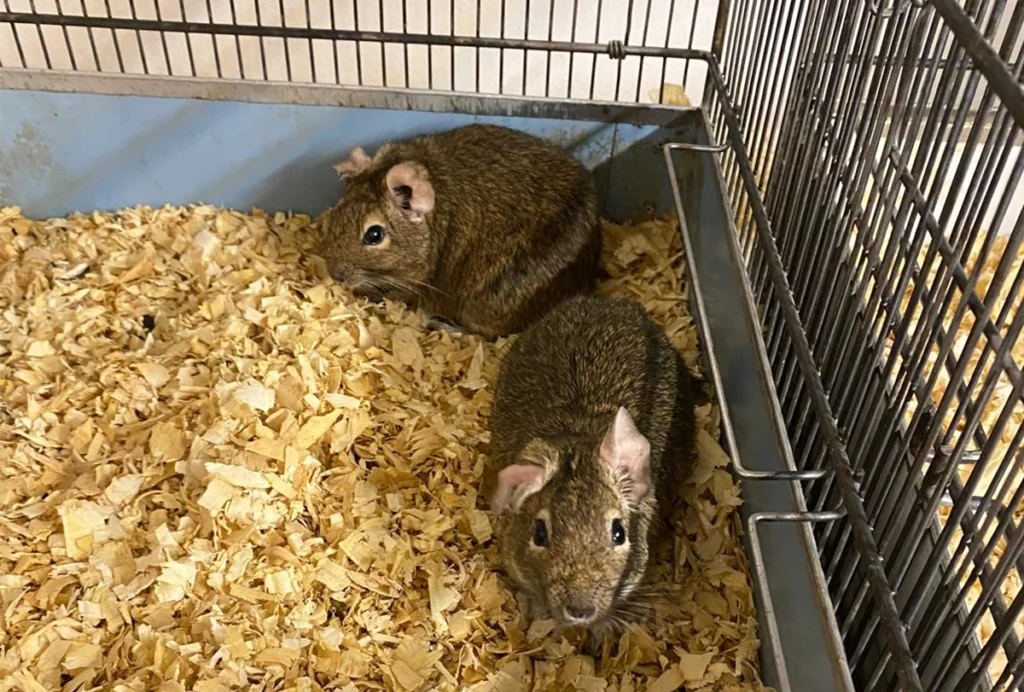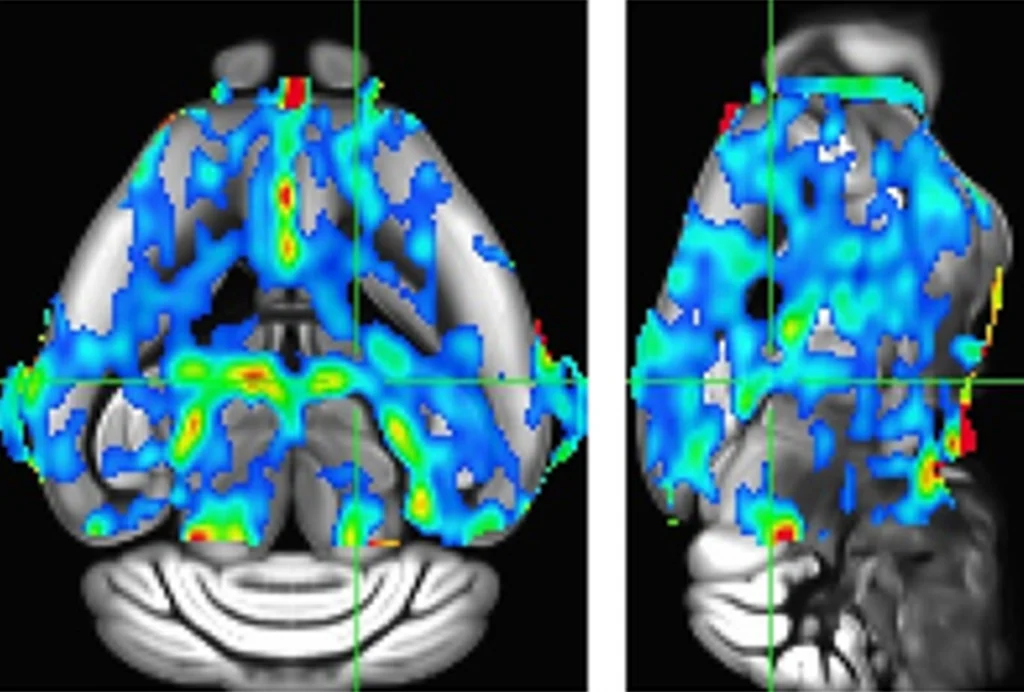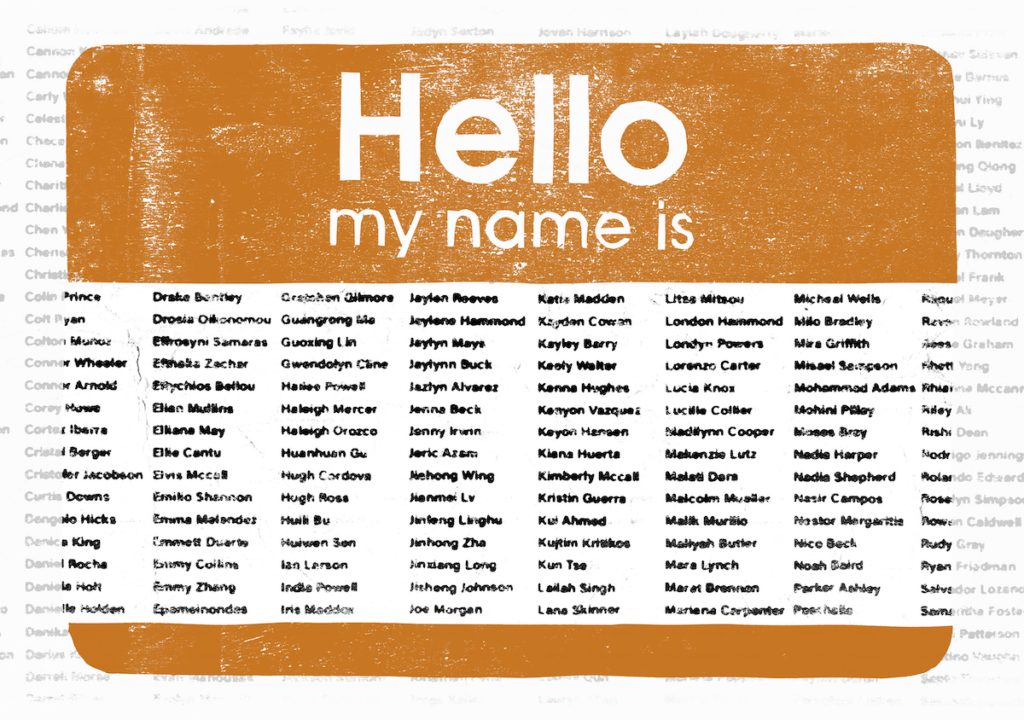‘Simplex’ samples
My colleagues at the foundation are announcing today that scientists anywhere in the world can apply to work with DNA samples collected uniformly from 400 families in which a single child has been diagnosed with autism.

65db452b-f179-0674-b1f6-8200b897767d.jpg
My colleagues at the foundation are announcing today that scientists anywhere in the world can apply to work with DNA samples collected uniformly from 400 families in which a single child has been diagnosed with autism.
The samples, part of the Simons Simplex Collection, were collected at 13 centers in the U.S. and Canada, which will eventually gather data from 2,000 families.
The thing to note here is that although there are 13 centers, researchers at each center used the same methods to collect and record their data.
This is particularly important because autism is such a diverse disorder, and has to be diagnosed using algorithms based on clinical symptoms.
In this case, the data include thorough medical and family history and an exhaustive list of the ‘phenotypeʼ or physical manifestation, and all of them were uniformly gathered.
In some families, more than one child, and perhaps even a mildly affected parent, has autism. In other families, the disorder seems to appear more spontaneously: a single child is diagnosed with the disorder, but the rest of the family is unaffected.
This project focuses on the latter ‘simplexʼ families. The idea is that by comparing the DNA of the affected child with that of the unaffected family members, researchers might be able to hone in on what causes autism.
Explore more from The Transmitter

How inbreeding almost tanked an up-and-coming model of Alzheimer’s disease

